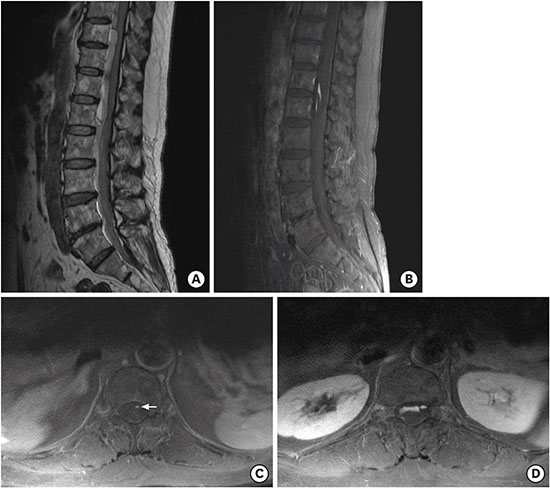

Figures and Tables
Fig. 1

Journal List > J Korean Med Sci > v.33(5) > 1107704


Woo-Seok Bang 
https://orcid.org/0000-0002-2806-6488
Kyoung-Tae Kim 
https://orcid.org/0000-0003-4867-6854
Man-Kyu Park 
https://orcid.org/0000-0001-7620-207X
Joo-Kyung Sung 
https://orcid.org/0000-0001-5489-2866
Hoseok Lee 
https://orcid.org/0000-0003-3670-0693
Dae-Chul Cho 
https://orcid.org/0000-0002-2899-8015